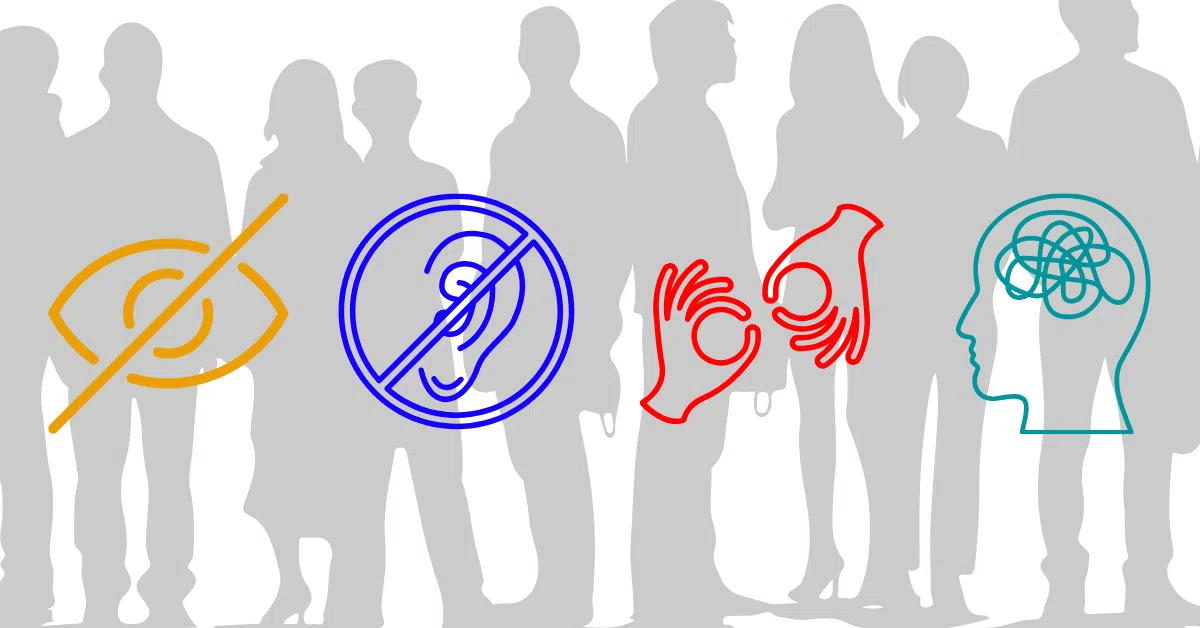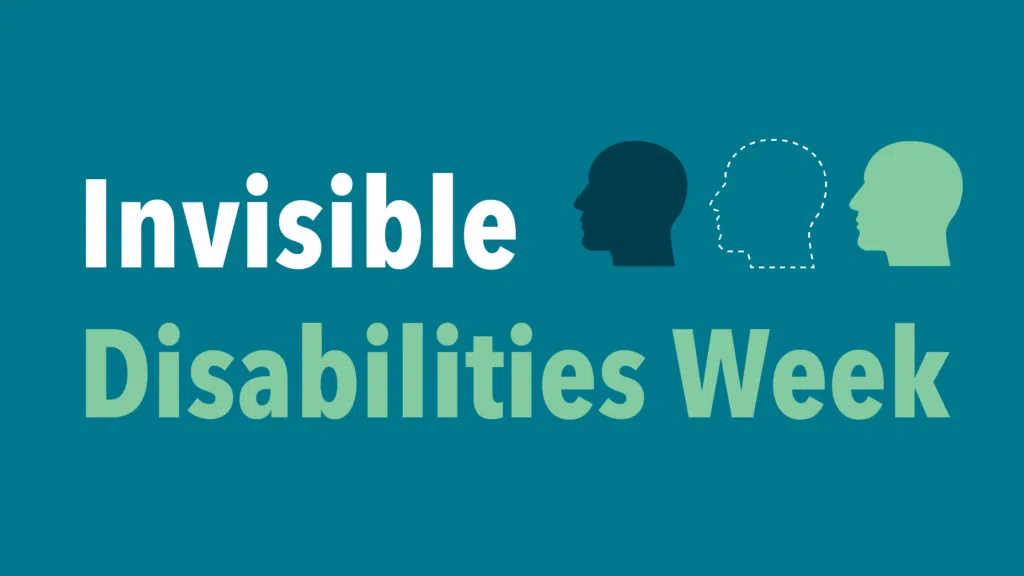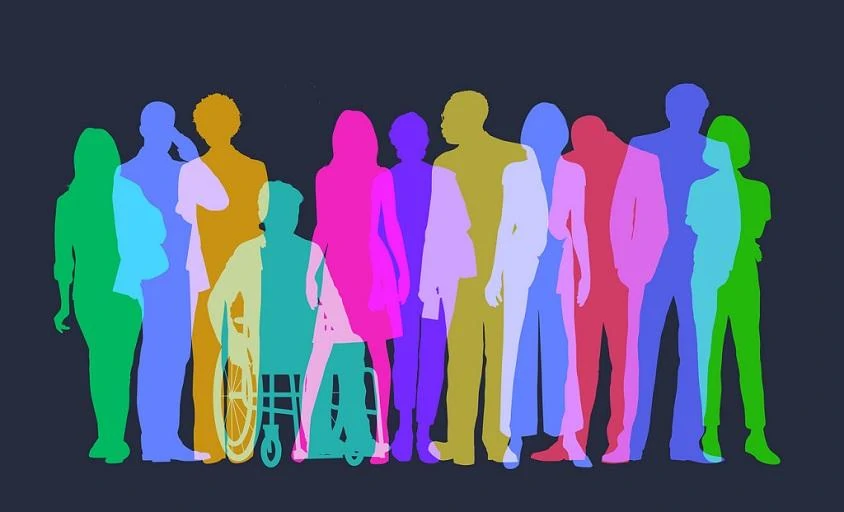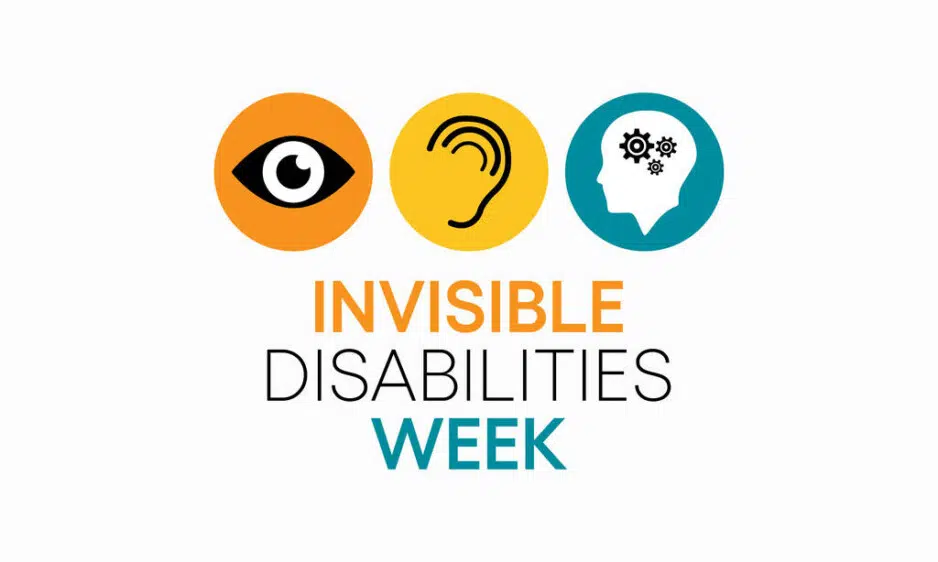Introduction to Invisible Disabilities Week
What are Invisible Disabilities?
Invisible disabilities refer to conditions that are not immediately apparent and can significantly impact daily life. These disabilities often include chronic illnesses, mental health conditions, and learning disabilities. Because affected individuals look “normal,” they may face skepticism or misunderstanding from others. This can lead to challenges in obtaining support or accommodations in various life situations, including the workplace, educational settings, and social interactions. Raising awareness about invisible disabilities is crucial to fostering empathy and understanding, making it easier for those living with these conditions to feel validated and supported.
History and Significance of Invisible Disabilities Week
Invisible Disabilities Week was initiated to raise awareness and educate the public about the experiences of those with non-visible disabilities. Established by the organization Invisible Disabilities Association (IDA), this week serves to highlight the importance of inclusion and understanding in society. Each year, various activities, discussions, and events take place to promote awareness, reduce stigma, and encourage dialogue about the challenges faced by individuals with invisible disabilities. This week is significant as it urges communities to acknowledge and support these individuals, ultimately striving for a more inclusive and compassionate world for everyone.

Raising Awareness
The Importance of Understanding Invisible Disabilities
Understanding invisible disabilitiesis crucial in fostering an empathetic society. It is essential to acknowledge that just because a disability is not outwardly visible does not mean it is not real or impactful. People living with these conditions often navigate daily challenges that might remain unseen to others. By educating oneself on the various types of invisible disabilities, individuals can become more compassionate and supportive allies. Increased awareness can help dispel myths and reduce stigma, encouraging a culture of acceptance and understanding.
How to Support Individuals with Invisible Disabilities
To support individuals with invisible disabilities, one must practice active listening and validation. Offering a safe space for them to express their experiences is vital. It is important to avoid making assumptions based on appearances and instead approach conversations with openness and empathy. Practical support may also include accommodating their needs in professional or educational settings, such as flexible scheduling or providing proper resources. Additionally, participating in events during Invisible Disabilities Week can signify solidarity, as it raises awareness and promotes discussions surrounding these often-overlooked issues. Overall, genuine effort to understand and support those with invisible disabilities can create a more inclusive and compassionate environment for everyone.

Challenges Faced by Individuals
Stigma and Misconceptions
One of the significant challengesfaced by individuals with invisible disabilities is the stigma attached to their conditions. Many people assume that if a disability is not visible, it must not exist, leading to misconceptions about the individuals who live with them. This stigma can result in a lack of understanding and support from society, causing those with invisible disabilities to feel isolated or invalidated. Misunderstandings often lead to judgment, where individuals may be perceived as lazy or unmotivated, further complicating their situations. It is essential for society to shift its mindset and recognize that each person’s experience is unique and valid, regardless of visibility.
Barriers to Accessibility
Additionally, individuals with invisible disabilities encounter various barriers to accessibility in multiple environments. Traditional institutions, such as workplaces, schools, and healthcare systems, often lack the accommodations needed to support these individuals effectively. Basic elements like flexible working hours and appropriate mental health resources may be absent, limiting individuals’ ability to thrive. Addressing these barriers requires a commitment from organizations to implement inclusive practices that consider the diverse needs of their members. By overcoming stigma and reinforcing accessibility, society can create an environment where individuals with invisible disabilities feel acknowledged and empowered to navigate their lives more freely.

Impact on Mental Health
The Link Between Invisible Disabilities and Mental Health
Invisible disabilitiescan significantly impact an individual’s mental health. Many individuals experience feelings of anxiety and depression due to the constant struggle of managing their condition without visible recognition or support. The stigma surrounding invisible disabilities often leads to feelings of isolation, as individuals may feel misunderstood or judged by others. This lack of validation can exacerbate existing mental health issues, leaving those affected feeling trapped in their circumstances. Being constantly misunderstood can lead to decreased self-esteem and increased stress levels, further complicating their ability to cope with their disabilities.
Ways to Cope and Seek Help
To manage the mental health challenges associated with invisible disabilities, it is crucial for individuals to seek support from professionals who understand their needs. Therapy and counseling can provide valuable strategies to cope with anxiety and depression. Additionally, connecting with support groups can offer a sense of community, allowing individuals to share their experiences with others who understand their struggles. Mindfulness techniques, such as meditation and yoga, can also be beneficial in promoting awareness and reducing stress levels. By actively seeking help and fostering resilience, individuals with invisible disabilities can improve their mental well-being and reclaim their lives.

Workplace Accommodations
Advocating for Accommodations
Individuals with invisible disabilities often face unique challenges in the workplace. Advocacy is essential in ensuring they receive appropriate accommodations to thrive. This can involve open discussions with employers about specific needs, such as flexible working hours or the option to work remotely. Employers should be receptive to these discussions, as understanding and addressing accommodations can enhance productivity and job satisfaction. In advocating for their needs, individuals not only create better working circumstances for themselves but also contribute to a more aware and compassionate workplace.
Promoting Inclusive Work Environments
Fostering inclusive work environments is crucial for the well-being of all employees, especially those with invisible disabilities. Organizations can take proactive steps to promote inclusion by implementing training programs focused on disability awareness and sensitivity. This helps to create a culture of understanding and respect, diminishing the stigma associated with invisible disabilities. Additionally, providing resources such as employee assistance programs can support mental health. When organizations prioritize inclusive practices, they not only benefit individuals with invisible disabilities but also enhance team cohesion and morale, ultimately leading to a more productive and harmonious workplace.

Educational Initiatives
Supporting Students with Invisible Disabilities
Individuals involved in education must recognize the unique needs of students with invisible disabilities. Supporting these students involves creating adaptive learning environments that accommodate their specific challenges. This can include offering additional time for assignments or exams, providing access to assistive technologies, and understanding behavioral triggers that may affect their learning. By fostering strong communication channels between educators, students, and parents, institutions can better identify the necessary adjustments and interventions required to ensure the academic success of all students. These supportive measures promote not just academic achievement but also emotional well-being, encouraging students to engage fully in their educational experience.
Addressing the Needs of Neurodiverse Learners
Additionally, addressing the needs of neurodiverse learners plays an essential role in promoting educational equity. Teachers can implement diverse teaching strategies that cater to various learning styles, thereby embracing the strengths of neurodiverse individuals. Strategies may involve the use of visual aids, hands-on learning opportunities, and structured routines to create a consistent learning atmosphere. Moreover, professional development focused on neurodiversity can help educators better understand and support these learners. Embracing inclusive educational practices ultimately leads to a more equitable learning environment, ensuring every student has the opportunity to thrive.

Resources and Support Networks
Organizations and Agencies Providing Assistance
Various organizations and agencies are dedicated to supporting individuals with invisible disabilities. For example, the National Alliance on Mental Illness (NAMI) offers programs and resources aimed at increasing awareness and providing necessary assistance. Local chapters often host workshops and support groups that focus on mental health education. Additionally, the Learning Disabilities Association of America (LDA) provides information on specific learning disabilities and resources to help navigate educational challenges. By connecting with these organizations, educators, parents, and students can access valuable information and support tailored to their unique circumstances.
Online Communities for Those Affected by Invisible Disabilities
In today’s digital age, online communities serve as crucial support networks for individuals and families affected by invisible disabilities. Platforms such as forums, social media groups, and dedicated websites allow users to share experiences, seek advice, and find empathy from others who understand their challenges. These virtual spaces foster connections that may not be easily found in local communities, making it easier to discuss stigmas and access shared resources. Engaging in these communities can provide emotional support, coping strategies, and a sense of belonging for those navigating the complexities of invisible disabilities.

